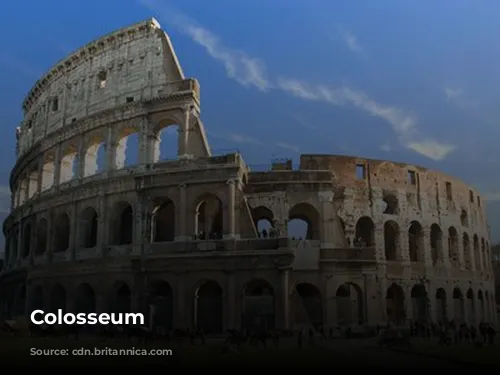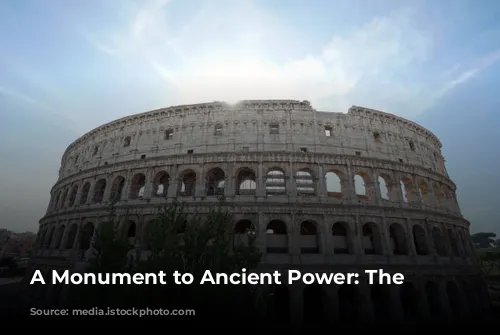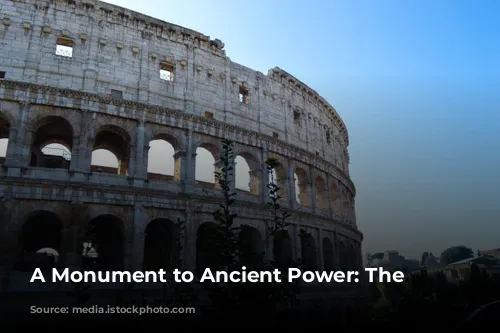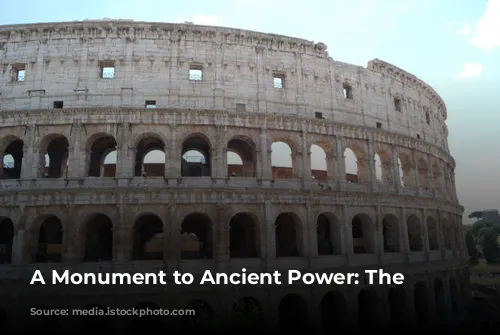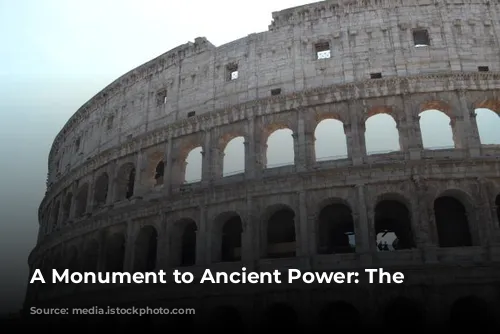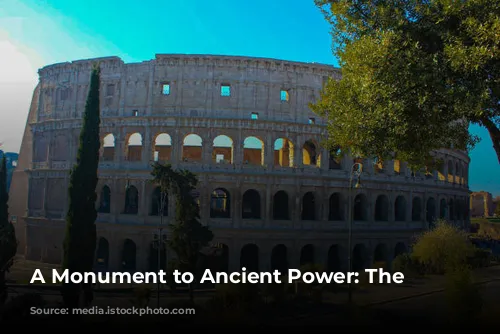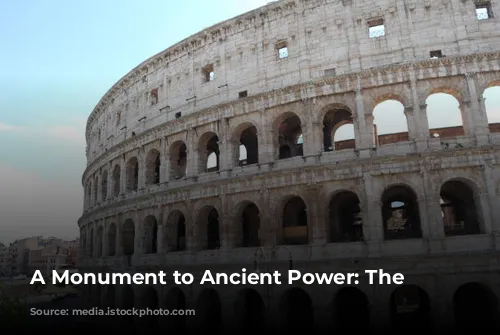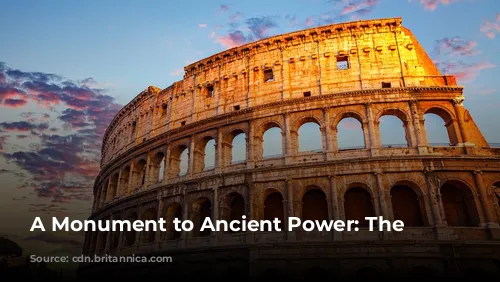Standing tall as one of the few mostly intact structures from the Roman Empire, the Colosseum is a powerful testament to the architectural and engineering brilliance of ancient Rome. Its imposing presence not only attracts millions of visitors every year but also generates substantial revenue for the Italian government. In 2018, the Colosseum, Roman Forum, and Palatine Hill together brought in over $63.3 million (€53.8 million), making it the most popular tourist attraction in Italy.
A Legacy of Power and Entertainment
The Colosseum was built as part of a grand imperial project to revive Rome following the tumultuous year of the four emperors in 69 CE. Just like other amphitheatres, the emperor Vespasian envisioned the Colosseum as a place of entertainment, hosting thrilling gladiator battles, exhilarating animal hunts, and even elaborate mock naval battles. It was meant to captivate and entertain the masses, showcasing the power and grandeur of the Roman Empire.
Construction began under the rule of Emperor Vespasian between 70 and 72 CE. The finished structure, dedicated in 80 CE by Vespasian’s son and successor Titus, stood as a testament to Roman engineering. Its fourth story, a symbol of Domitian’s reign, was added in 82 CE. It’s interesting to note that the funding for this magnificent structure came from the spoils of Titus’s conquest of Jerusalem in 70 CE, and Jewish slaves from Judea were employed in its construction.
From Glory to Decay and Revival
After the fall of the Western Roman Empire, the Colosseum fell into a state of serious disrepair. During the 12th century, the Frangipane and Annibaldi families repurposed the arena as their fortress. In the late 15th century, Pope Alexander VI allowed the Colosseum to be used as a quarry, stripping it of its valuable materials. For over a thousand years, the Colosseum was largely neglected, succumbing to the ravages of time and neglect.
Thankfully, state-funded restoration efforts began in the 1990s, bringing the Colosseum back from the brink of complete ruin. These efforts have ensured the survival of this architectural wonder, allowing generations to come to marvel at its grandeur and learn about the Roman past.
A Masterpiece of Engineering and Architecture
The Colosseum, also known as the Flavian Amphitheatre, is an elliptical structure made of stone, concrete, and tuff, standing four stories tall at its highest point. Measuring 620 by 513 feet (189 by 156 meters), it could accommodate as many as 50,000 spectators. Its imposing size and intricate design made it a marvel of engineering, a symbol of Roman ingenuity and power.
Located just east of the Palatine Hill, on the site of Nero’s Golden House, the Colosseum replaced the tyrannical emperor’s private lake with a public amphitheater. This decision was as much symbolic as it was practical, showcasing Vespasian’s desire to create a public space for the enjoyment of the Roman people. The Colosseum stands as a testament to this shift in power and the Roman people’s newfound access to entertainment and spectacle.
A Theatre of Blood and Spectacle
The Colosseum hosted a wide range of events, from gladiatorial combats, where skilled fighters battled for the entertainment of the crowd, to animal hunts, where exotic beasts were pitted against men. Perhaps the most impressive events were the mock naval battles, where the arena was flooded with water, recreating the thrilling battles of the sea. The Colosseum was a stage for a spectacle that captivated the Roman people, showcasing their martial prowess and their fascination with violence and entertainment.
The Colosseum was also home to a massive retractable velarium, a massive awning designed to shield spectators from the scorching Roman sun. Supported by masts extending from corbels built into the Colosseum’s top story, the velarium required the skillful manipulation of hundreds of Roman sailors. This intricate system, a feat of engineering and logistics, further highlights the complexity and scale of the Colosseum.
A Legacy of Preservation
Throughout history, the Colosseum has been a witness to the rise and fall of empires, serving as a testament to the enduring power of human creativity and the ebb and flow of time. Despite the ravages of time and neglect, the Colosseum continues to stand as a symbol of Roman power and ingenuity.
Today, the Colosseum is a beloved tourist attraction, drawing millions of visitors each year who come to marvel at its grandeur and learn about the fascinating history of ancient Rome. The Colosseum continues to teach us about the past, reminding us of the power of human ingenuity and the importance of preserving our cultural heritage.


